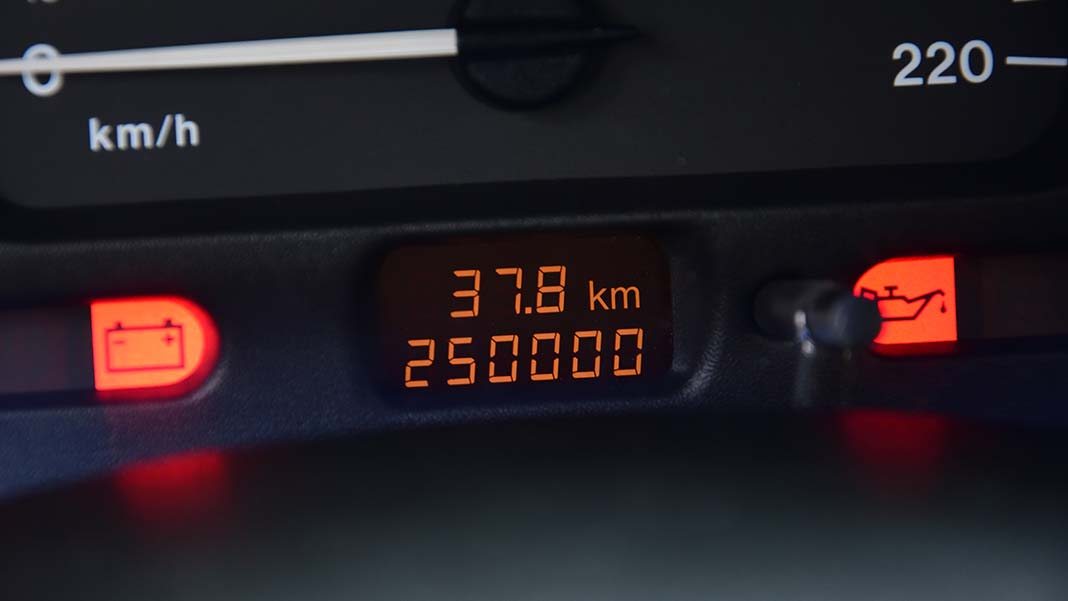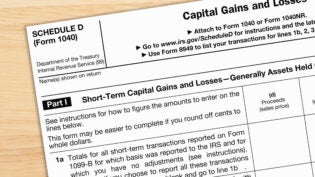
The most successful small business owners share a few common traits — they work really hard, they get a little bit of luck and they work smart. One smart thing to do is to make sure you’re maximizing every tax advantage you have.
One tax advantage many small business owners ignore is the miles they put on their cars — which is a mistake because tracking your mileage can lead to big-time savings at tax time.
If you’re thinking that you’re already drowning in paperwork and don’t have time to track my miles, consider this: If you’re not tracking your mileage — you’re leaving your money on the road — cash that you could use to reinvest in your business.
Your Business Miles Are Money
The Internal Revenue Service (IRS) knows there are costs for using your personal vehicle for work reasons. To help with those costs, the 2017 standard mileage rates* let you deduct:
- 5 cents per mile for business reasons.
- 17 cents per mile for medical purposes.
- 14 cents per mile for charity reasons.
*The standard mileage rates can change each tax year — be sure to verify that you’re using the correct rate.
Read more about tracking mileage
That first figure is what most small business owners should pay attention to the most. Sure, it may not seem like a lot but that can quickly add up:
If you drive 100 miles a week for business purposes, you’re looking at a potential mileage deduction of more than $2,700 at the end of the year.
When you add that to your other business expenses for the year, you’re looking at a major tax deduction. The more deductions you can claim, the lower your taxable income and the less in taxes you have to pay. That also means more money back in your pocket.
You may not think you drive that often for work. But, did you know that your work drives aren’t just trips to visit clients? They can also include trips between offices, picking up supplies, doing a bank run or even drives for odd jobs.
What’s the catch? You actually have to track your miles in a way that’s compliant with IRS rules.
How to Track Your Business Mileage the Right Way
The IRS isn’t just going to take your word for how many business miles you drove. You have to carefully track your mileage and have documentation to back up your deduction. This is commonly done through a mileage log.
Your mileage log needs to include:
- Trip mileage— How many miles did this trip take? Note: This doesn’t have to be an odometer reading, just the total miles of the trip.
- Dates of your business drives— This is pretty self-explanatory.
- The locations you drove for work— You have to record the start and end points of each trip. This doesn’t have to be exact addresses but the locations must be clear.
- The business purpose of your trip— You must note why this was a work-related drive.
In addition to the above, the IRS wants to know the total business, commuting and non-commuting personal miles. You should also log your vehicle’s starting odometer reading.
You don’t have to submit your mileage log when you submit your tax returns. But, you’ll want to keep this and other tax-related records handy for a few years after you’ve submitted your taxes. Keeping clear and organized records is the easiest way to avoid a tax season nightmare.
The Pros and Cons of Manual, Digital and Mobile Mileage Tracking
As long as you’re following the rules listed in the previous section, the IRS isn’t too picky about how you keep your mileage log.
Manual Mileage Logs
For years, the only way to do this was by hand. A manual mileage log requires you to keep a notebook in the car and remember to log every single drive.
It may not seem difficult to jot down your drives, but it becomes a major challenge when you have to write down every single drive. That means you have to write down the drives no matter even if you’re running late, in a bad mood or if you’re rocking out to the great song playing on the radio. You also have to manually add up the miles at the end of the year — or have your tax pro decipher your scribblings.
A manual mileage log is also prone to getting lost. Not only is it a pain for your annual tax return, the IRS encourages you to keep your mileage documentation for at least three years from the date you filed your original return.
Spreadsheets
Some people prefer using a digital spreadsheet to track their mileage. Unlike a manual logbook, this is easier to calculate your total mileage for the year. It’s also easier to keep these records for years down the road.
Unfortunately, using a spreadsheet means you’re likely tracking your miles twice — once when you’re in your car and once when you’re in front of your computer. That means you have to put in twice the effort to track your miles, you have twice the opportunity to forget to track valuable miles and, of course, the risk for typos.
Apps
A mileage tracking app, like MileIQ , may be the right solution for you because it fulfills the IRS requirements while also making your life easier. Mileage tracking apps can automatically track and log your drives, so you can focus on growing your business. The only caveat of relying on an app is that you do have to own and use a smartphone.
A Secret Weapon for Maximizing Your Business Mileage
There’s a phenomenal tax secret for small businesses — your tax-deductible home office, otherwise known as the home office deduction.
The deduction for your home office itself may be sizeable depending on how big your home office is. But, one additional benefit many don’t consider is that having a home office can greatly increase your mileage deduction.
Normally, your first drive from your house to and your last drive from your place of business are considered commuting. The IRS says commuting is not deductible because where you live is a personal choice, so your commuting expenses are personal, too.
When you have a home office, your “commute” turns into tax-deductible business drives because you’re technically driving from one office to another.
This can add hundreds — if not thousands — of business miles a year to your mileage deduction. Just make sure you’re following the rules for a home office deduction. That means:
- You must be in business.
- This part of your home is used exclusively for business.
- You use your home office on a regular basis.
There are a few other requirements you must hit in order to qualify for a home office deduction. Your home office must either be your principal place of business (i.e. you have no outside office) or you use it for administrative purposes. You can also qualify for the deduction if you use this space to store inventory or business products.
These rules apply if you’re self-employed (unincorporated) or a sole proprietor. The only difference is that you file your business taxes along with your personal income taxes using a Schedule C.
As a contractor (service provider), the mileage you accrue in the course of doing business can also qualify for the home office deduction. If you’re claiming mileage you logged as part of completing a specific contract or assignment, you must pass an additional threshold — the convenience of the employer test. The IRS considers a home office deductible for W-2 employees if it is:
- Necessary for the employer’s business to perform properly.
- A condition of employment.
- Needed to enable the employee to perform their duties properly.
If you’ve hit all these requirements, you have two options for your home office deduction — the simplified method or the regular method. As the name implies, the simplified method is easier to calculate because you merely multiply your home office square footage by $5 (with a maximum footage allowance of 300 square feet).
The regular method is a bit of a pain to calculate but it often leads to a larger home office deduction. With this, you tally your home expenses and figure out which applies to your home office. For example, if your home office is 1/10th of your home, you could deduct 10% of your rent. You can also include the direct expenses for your home office.
Get your home office set up, start tracking your miles and then you’re well on your way to getting your biggest deduction yet… and putting more money back into your business.
Thank you to MileIQ for sharing your business mileage expertise in this guest post.
There’s a reason why your app (iOS|Adroid) is trusted by more than 2.5 million users.
Disclaimer: The information in this post does not constitute or replace the need for professional bookkeeping, accounting or tax advice.
Author: Marin Perez has been writing about how technology improves lives for more than a decade. He’s excited to see how entrepreneurs are using tools like MileIQ to be more successful. When not working, he’s thinking about his next trip.












